Mobile LiveStream Setup
On the go and need to stream? Discover how this developer advocate optimized a home kit for high-quality mobile live streaming.
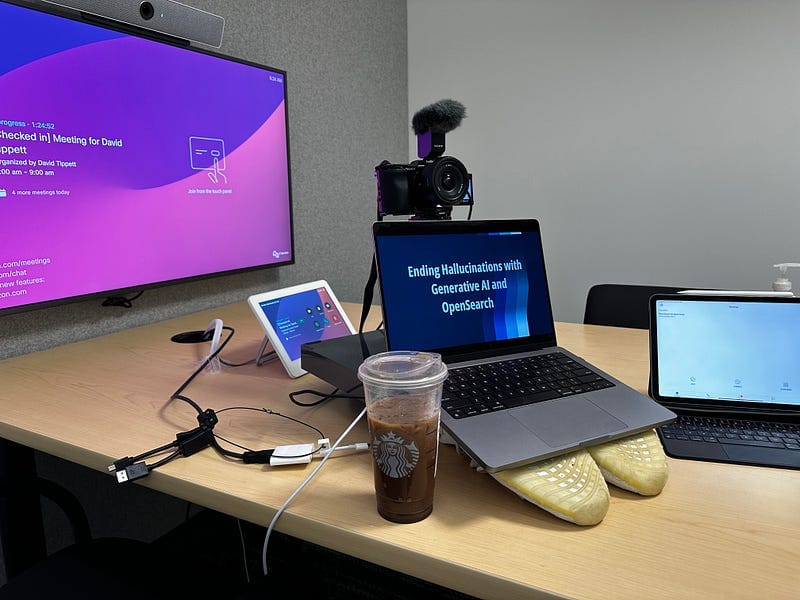
On-the-Go Live Streaming: Essential Gear for Developer Advocates
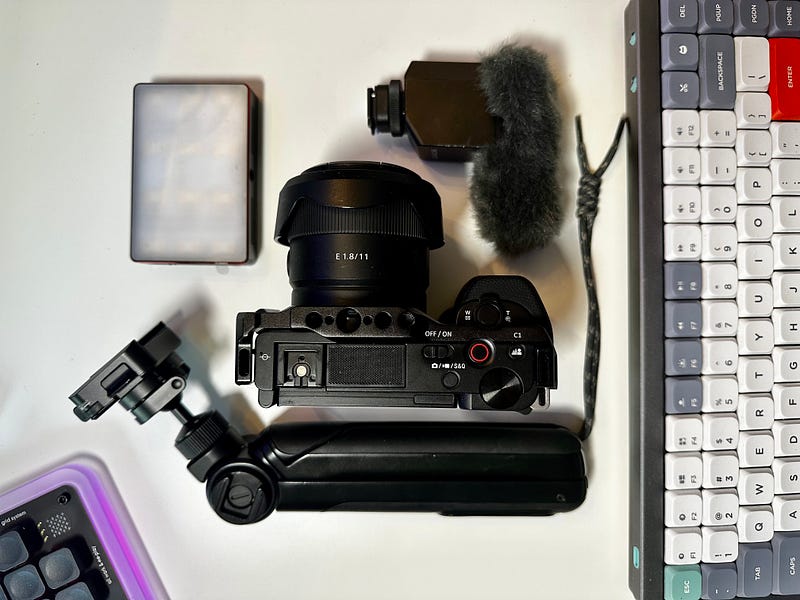
As a developer advocate I am often on the road and sometimes the stars align such that I need to do a live stream while I am out. It’s often enough to where I have a plan an not often enough to buy a whole separate kit for it. As a result I’ve designed my home kit around the idea that it needs to work well for streaming on the go.
Camera
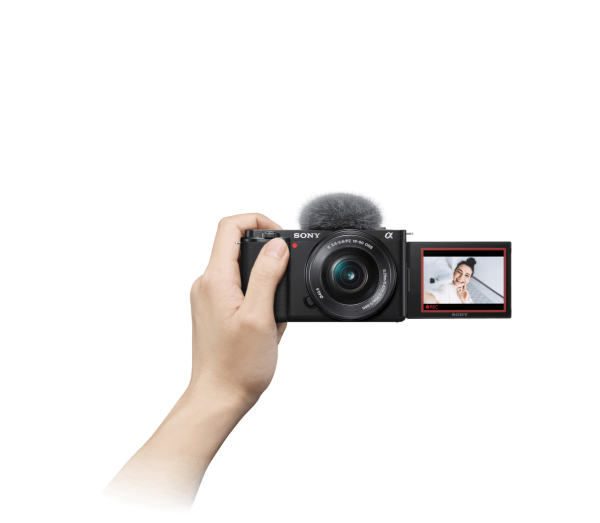
I shoot on the Sony ZV-E10. It’s a common choice amongst people getting into this space as it is a light mirrorless camera that shoots 4k and has a solid auto focus. Additionally, it has a flip out screen which makes getting the framing right super easy when you are on the go.
The funny thing is when I am streaming I don’t shoot in 4k for a few reasons. First, hotel WiFi is never good enough to reliably shoot at that quality. Second, when I am on a live stream I will be using picture in picture mode so my head is in a small square at the bottom. Arguably the most practical reason is the ZV-E10 has a USB-C output it can use to stream (in 1080p) and that saves me from having to bring a HDMI capture device.
Lens
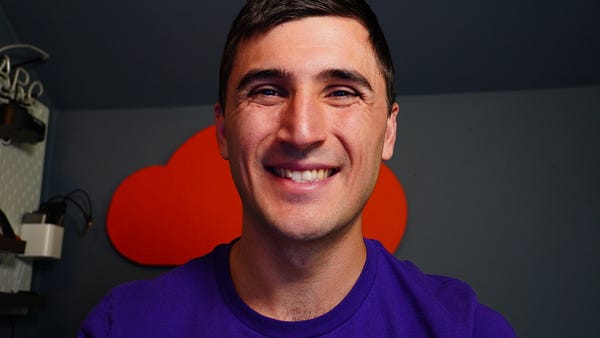
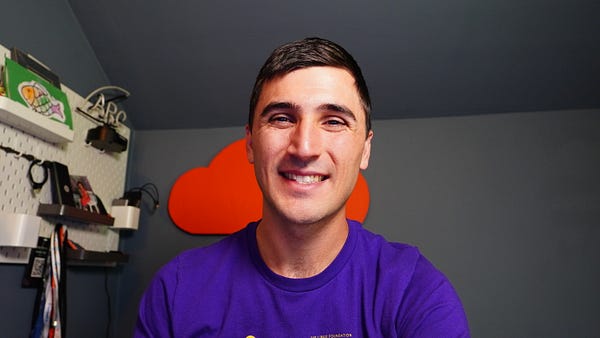
I’d argue that your choice of lens actually may be more important than the camera. The two photos above were taken using the default settings at 20 inches from my face. As you can see the stock lens has a really tight framing meaning you need to have the camera placed far away from your face to get a decent shot.
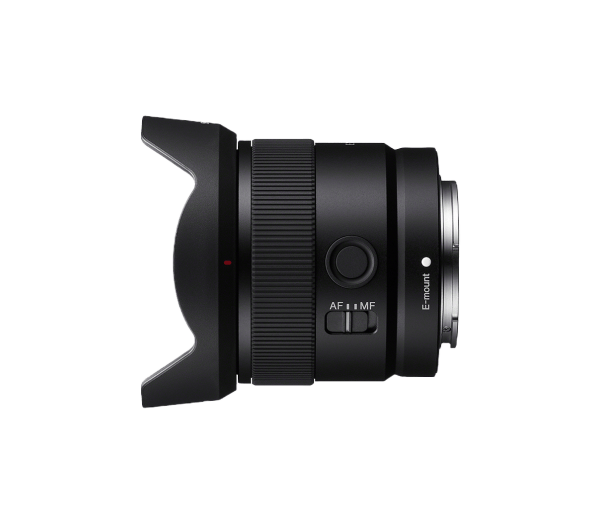
The lens I recommend to remediate this is the Sony 11mm F1.8 wide angle lens. As you can see even though it is a fixed lens (can’t zoom) it does really great at capturing not only you but your background as well. The 1.8 aperture making this a great lens for low light settings as well.
Microphone
The lens may be more important than the camera but the mic tops even that. If you think about it it doesn't matter how good you look if no one can hear you. This is where I am probably going to have the most disagreements with people on this blog because I went in a fairly non-standard mic.
There are lapel mics, shoe mounted mics, handheld mics and they all do things a bit differently. Many people recommend the Rode VideoMic Go as it’s a great passive mic (no power needed). I didn’t end up going with it however as I wanted something more flexible. The VideoMic Go is an directional mic meaning it captures audio just from in front of it. That is great but what if you wanted to capture ambient audio?
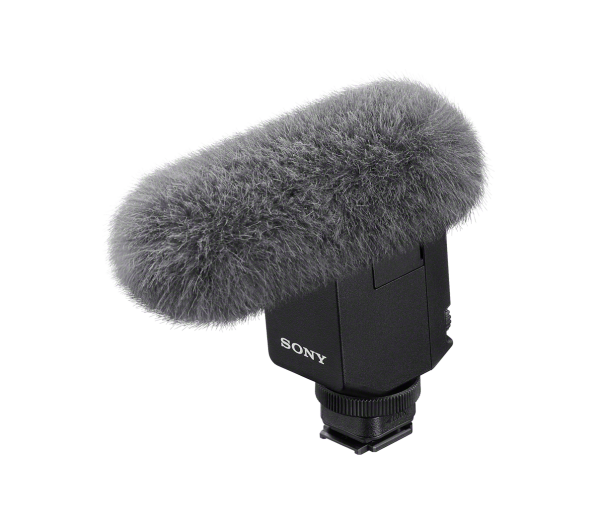
I went with the Sony ECM-B10. It’s an active microphone that allows you to either do directional audio capture or capture ambient sounds. Additionally, it has features to auto adjust volume, boost volume, add noise filters, and the list goes on. While it doesn't have the best shock mount to absorb noise from when I am holding the camera and recording I don’t need that. That is not how I use my camera most often.
Tripod
So Casey Neistat has a video about his bendy tripod which is “good” at a lot of things but not great at everything. I’ve taken a similar approach with my tripod. While it may not be the best at everything it does well for what I need it for and is flexible enough to meet a majority of my needs.
It’s the Pgytech Mantis Pod Pro. Honestly, I get more questions about this little tripod than any of my other pieces of kit in my setup. This thing feels like it has 100 different setups that it can do an the nice thing is it’s rigid. That means after you set it up it won’t be flopping over. It’s literally the spider monkey of camera stands and they need to give me a referral link because I recommend it so much.
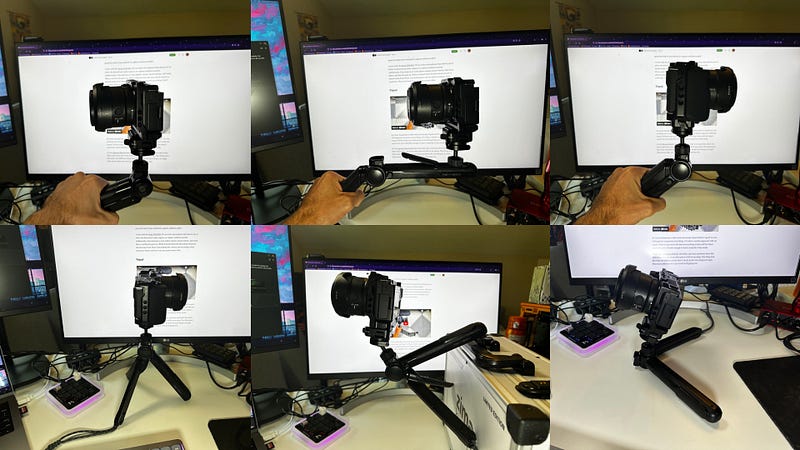
Other bits and bobs
There are a few other things I carry but don’t really have much of an explanation for as they just do what they are supposed to. The first is the small rig cage. This is the metal exoskeleton that is around my camera. For the most part I use it as it helps protect the camera in my backpack or in the event of a drop. It has several other 3/8 and 1/4 mounting points that can be used to mount accessories like lights or mics.
Finally, I use the Apeture MC light as it offers a lot of flexibility. You can select different brightness, color, temperature, etc. It mounts either with the two magnets on the back (which are SUPER strong) or 1/4 inch mount. It’s a light and it does well at lighting things ¯\_(ツ)_/¯
So what should you get?
That comes down to how you want to use it. I use mine for both live streaming on the go, live streaming in my home, and recording footage for work. It fits a lot of different use cases but you may be able to get away with a much smaller setup. Wherever you can I would focus on convenience. If it’s too hard to setup then you won’t do it often.
Here is the overview of my kit along with cost as of 7/27/2023. Again I cant stress enough several of these items serve a dual purpose for me. I use the camera and lens in my home setup as well which is why I went and spent a bit extra on these.
- Sony ZV-E10 (with kit lens)— $799
- Sony E 11mm F1.8 — $549
- Sony ECM-B10 (Mic) — $249
- PGYTECH Mantis Pod Pro — $149
- SmallRig Cage — $39
- Aputure MC — $90
- Total: $1875
So what do you think? Would you have done something different? Leave a comment or shoot me a tweet and tell me about your setup!